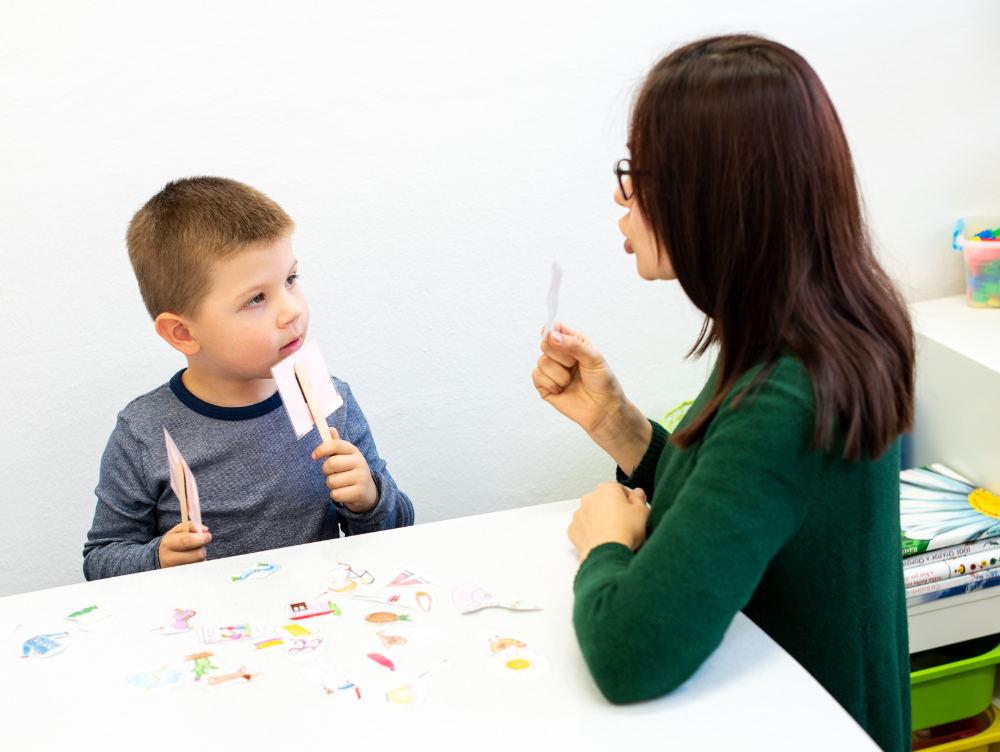Understanding Autism Spectrum Disorders
Gwen Swire • 2023-08-02
In the United States, approximately 1 in 54 children has been identified with autism spectrum disorder (ASD). As a Speech Language Pathologist, my work often involves supporting children with ASD and their families. In this post, I'd like to share some insights on ASD and how speech therapy can help children with this condition.
What is Autism Spectrum Disorder (ASD)?
ASD is a developmental disorder that affects communication and behavior. It is known as a "spectrum" disorder and manifests in a variety of ways. Characteristics of autism generally appear in early childhood and can impact a child's ability to function socially, in school, and in other areas of life.
Common Communication Challenges in ASD
Autistic children often face unique communication challenges. They might:
1. Have difficulty with verbal and non-verbal communication.
2. Struggle to initiate or sustain a conversation.
3. Repeat phrases (a behavior known as echolalia).
4. Have trouble understanding and expressing emotions.
5. Exhibit atypical tone of voice, pitch, or rhythm in speech.
How Can Speech Therapy Help?
As a Speech Language Pathologist, my role includes helping autistic children improve their communication skills. Here are a few ways speech therapy can assist:
1. Social Skills: We work on understanding and using non-verbal cues, such as facial expressions and body language. We also practice initiating and maintaining conversations.
2. Speech: For children who struggle with articulation or fluency, targeted exercises can help them produce clearer speech.
3. Language: We work on enhancing comprehension and expression, whether it's understanding instructions or being able to express thoughts and needs.
4. Play Skills: For younger children, play is a fundamental form of communication. We use play-based therapy to engage them and foster their communication skills.
5. Alternative Communication Methods: For children with limited or no speech, we explore alternative methods like Augmentative and Alternative Communication (AAC) devices.
6. Strengths-based: I love to work with children and their parents to uncover a child's strengths. Harnessing a child's strengths and interests can be key to helping them grow in their communication skills.
Remember, each autistic child is unique, and so is their therapy. As a Speech Language Pathologist in the San Dimas area, I provide personalized therapy tailored to the specific needs and strengths of each child.
Understanding ASD and the associated communication challenges can feel overwhelming. But remember, you're not alone. With the right support and intervention, autistic children can make significant progress in their communication skills.
For more insights on speech and language development, stay tuned to my blog. If you have specific concerns about your child, don't hesitate to reach out.



